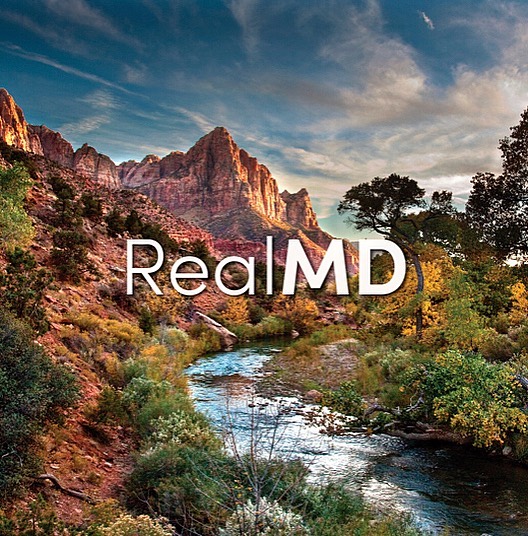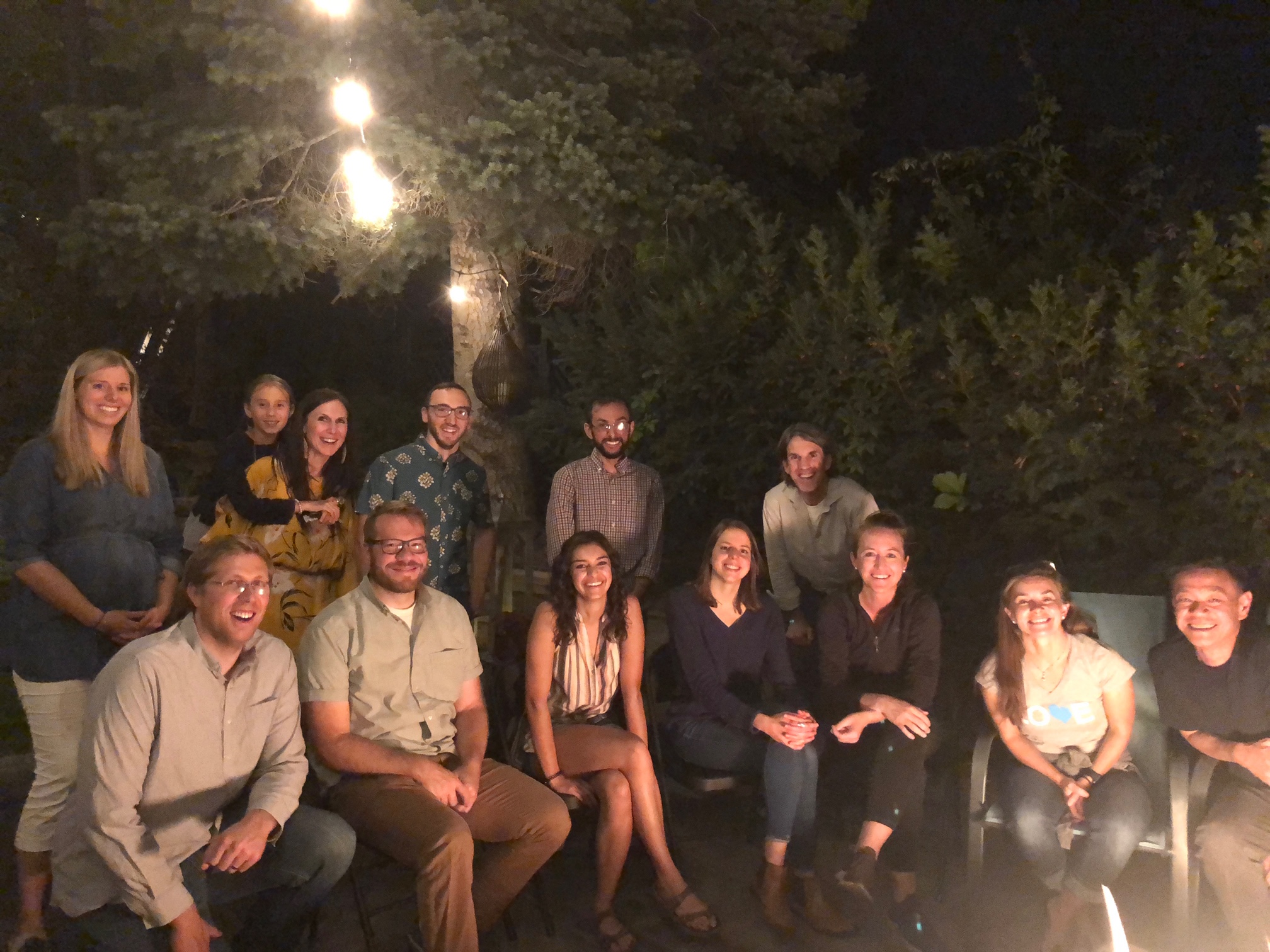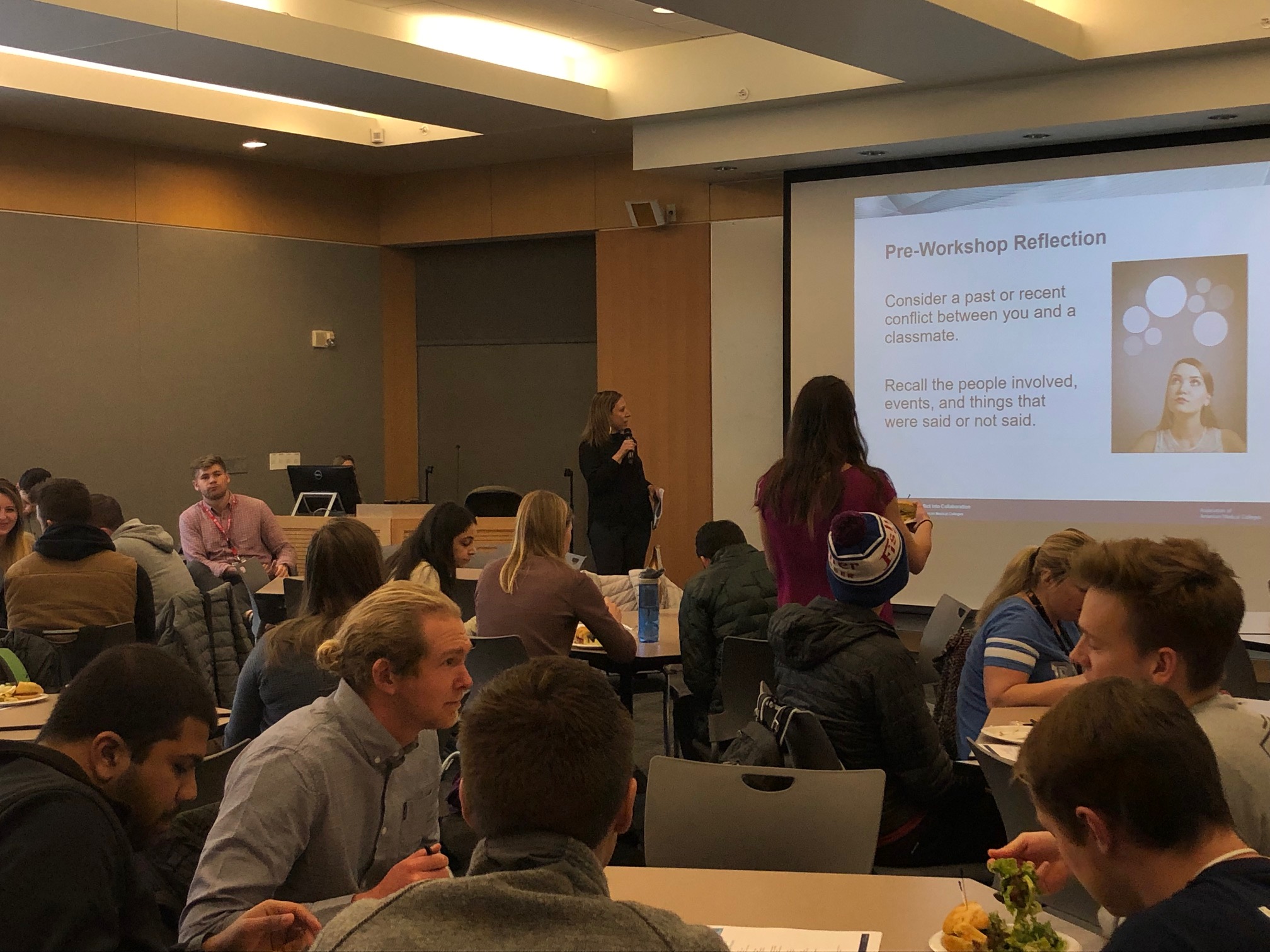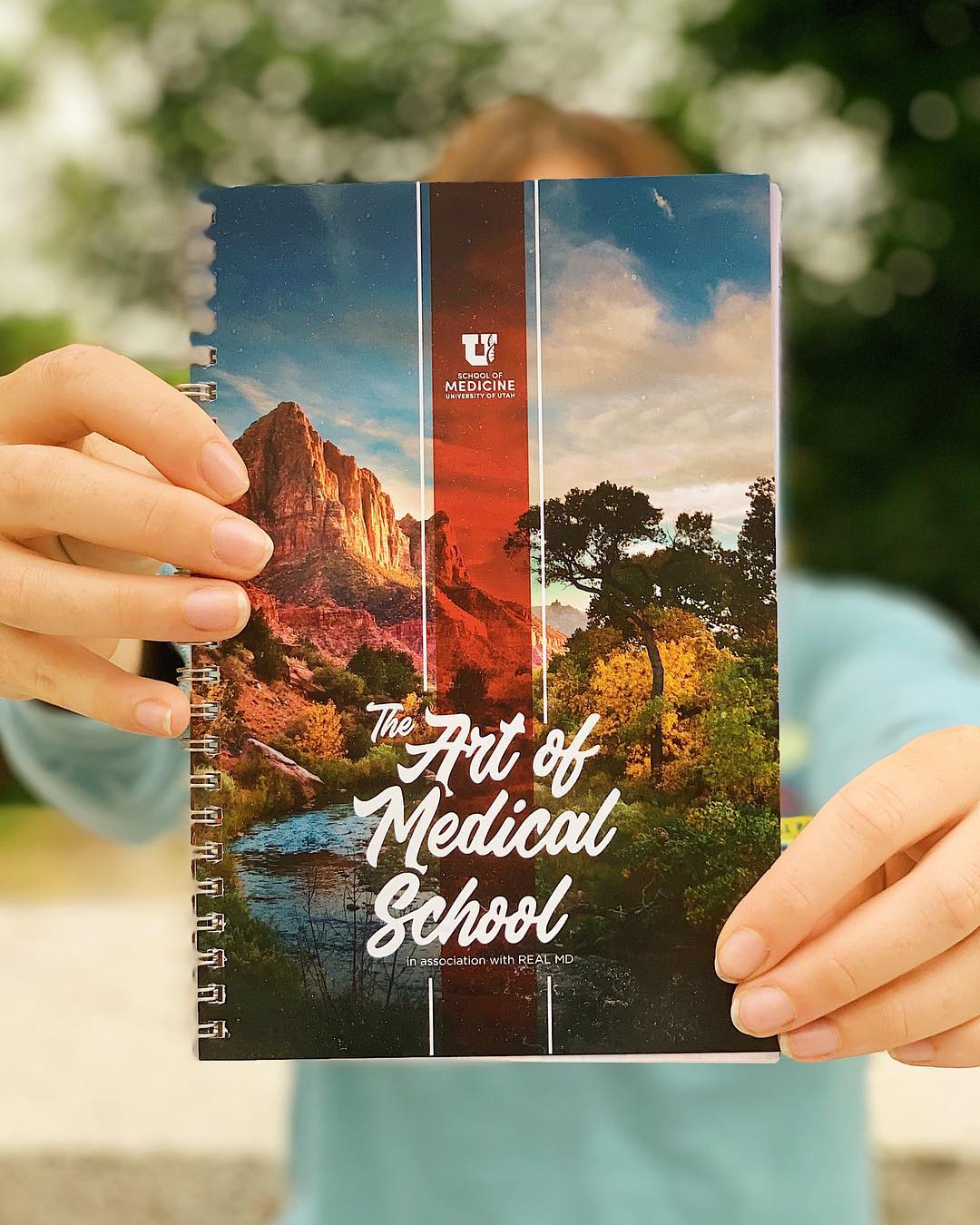
No one goes into medical school thinking it will be easy. But exactly how that academic rigor will personally affect you is much harder to anticipate. Burnout and exhaustion are common, as is a resulting loss of meaning and purpose.
Part of the problem is that medical school often fails to take a holistic approach to the development of the student. The narrow focus on skills-based training comes at the expense of broader-based education, with little to no connection to professional identity formation or leadership development. The unrelenting grind makes it hard to find the time to reflect on the bigger questions: What matters most to me? How do I develop meaningful connections with others? What am I committed to that is greater than myself?

Those are the kinds of questions that the RealMD program invites students to reflect on and eventually answer as they consider what kind of physician they want to be. Developed with faculty, staff, and students at University of Utah Health’s School of Medicine, the program is designed to cultivate and integrate the often-disparate areas of professional identity formation, career specialty exploration, and leadership development.
“The goal of the program is to embody the positive values of relationships, excellence, authenticity, and leadership,” says Tom Hurtado, director of student affairs at U of U Health’s School of Medicine. “The strength of the program lies in those fundamental values.”

Students First
Anything not required in medical school can be a tough sell. So it was no surprise that only six students showed up to the first RealMD meeting. But Hurtado and Tony Tsai, director of education strategy and leadership development at U of U Health’s School of Medicine, weren’t discouraged. They knew that the last thing overburdened medical students needed was one more requirement. So they intentionally made participation voluntary instead of a mandatory part of the curriculum. By listening to student feedback and incorporating it into the program, RealMD began to grow. “The students kept telling us, ‘We need this info,’” Tsai remembers. “’We need to think about values. We need to think about what our purpose is.”
As word got out, students started leading the RealMD initiative, with Jordan Broadway and Eli Bunzel be coming two of the first student leaders. “When students invest their time and resources, other students see that and get invested too,” Broadway says. “The RealMD program isn’t about grades,” Bunzel adds. “Instead, we’re talking about how to avoid burnout and find satisfaction in our specialty. By focusing on the health and wellness of fellow students, we’ve now got 110 signed up and participating in RealMD.”

Each year since then, Bunzel and Broadway have cultivated more first-year students to become future representatives. Now RealMD has a group of seven student leaders who lead the charge on creating content, booking speakers, recording podcasts, formulating workbooks, hosting events, and executing social media campaigns.
The Three Components of RealMD
Meaning. Community. Purpose. Starting from Day 1, the RealMD program invites students to explore what those words mean to them as they define their professional identity and develop their careers. The program’s focus on “finding your why” makes it more appealing to medical students.
But there are also many practical parts to the RealMD program. Using AAMC’s Careers in Medicine content, the student leaders help demystify many confusing processes. Students meet with career advisors to plan, find mentors, make good decisions about specialty, and provide tips on interviewing and matching. But RealMD is not part of the career advising office, Bunzel says. “This is real medical students helping other real medical students navigate the challenges of medical school.” Broadways says no topic is off limits. “We talk about everything from the application process to our cycle of medical school of work to high-level coaching customized based on specialty,” she says.

When it comes to leadership development, RealMD believes this: all doctors are leaders. “Leadership is a state of being rather than a title or position,” Tsai says. “Leadership is about professional values—how to become the best doctor while providing exceptional service to patients and having a measurable impact on the health of one’s community.”
Self, Team, and System
Thanks to the program’s authentic student-led leadership, the Association of American Medical Colleges (AAMC) has expressed interest in the RealMD program. Hurtado attended one of the AAMC’s RISE conferences, which focuses on developing future leaders in academic medicine and science. “Student reps from other institutions talked about how they felt like they couldn’t do something similar at their institution—or that they couldn’t change what had already been built,” says Hurtado. “At the University of Utah, we do not have that issue. We succeed together, we learn and improve by getting outside of our comfort zone, we live congruently with our values and strengths, and we are committed to something greater than ourselves.”

More than anything, Hurtado realized that thinking holistically about professional identity formation, career specialty exploration, and leadership development really resonated with students. Future presentations are on the docket, and U of U Health’s School of Medicine hopes to one day host a RealMD conference in Utah. “There’s very little scholarship about professional identity formation in medical school,” Broadway says. “And even less about how to implement it in a co-curricular way. We’re giving students a voice in the support system being created for them. And that’s pretty cool.
To learn more about the RealMD program, click here
Nick McGregor is a Senior Communications Editor at University of Utah Health.